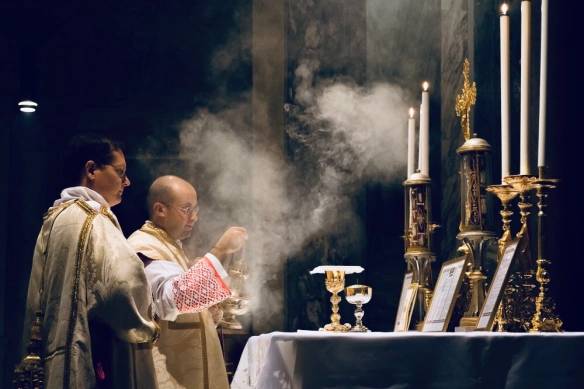

Just because a person likes pretty rocks, lighting candles and so on doesn't mean she's a witch practicing witchcraft. Biblically & Historically: Witchcraft refers to the attempt to manipulate hidden or spiritual forces outside of God’s authority for personal gain, control, or harm. In Common Usage: It’s often a blanket term applied to anything people don’t understand — healing herbs, astronomy, early medicine, chants, crystals, or even science in the Dark Ages. The Core Difference: It’s not the tool itself that makes something witchcraft — it’s the intention and source of power behind it. ? What Witchcraft Is Seeking power apart from God (Deut. 18:10–12) — summoning spirits, idols, or forces not aligned with the Lord. Manipulation & control — trying to bend someone’s will without their consent. Self-exaltation — “I command this” without acknowledging God as the true source of life, light, and authority. ? What Witchcraft Isn’t Using natural creation as God intended. Herbs, oils, stones, water, fire, sound — all were made by Him. Example: Moses’ staff, Elijah’s cloak, Jesus using spit and mud to heal. Sacred symbolism that was once part of Christian tradition. Pentagram = originally Christ’s five wounds. Candles = prayers lifted to Heaven. Incense = symbolic of prayers in Revelation 5:8. Prayer, chants, and sound The Psalms themselves are chants. Trumpets brought down Jericho’s walls. David soothed Saul with music. Science & healing knowledge In the “Dark Ages,” people thought medicine, astronomy, and hygiene were witchcraft simply because they didn’t understand.
